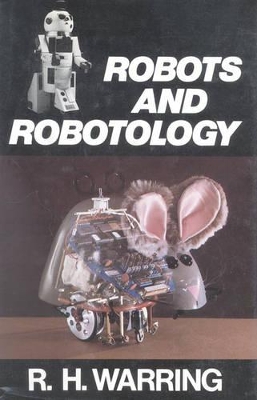This book covers robots that resemble human figures (humanoids - and their various subtypes - and 'metal collar workers' or industrial robots. Because of their ability to replace manual workers on the production line, it is the industrial robots which are the far more significant type, although the humanoids have more popular appeal. Animated figures capable of performing varied tasks unaided have been known for centuries and were particularly popular in Victorian times. Usually driven by clockwork, they are collectively known as automata. Today the clockwork mechanisms have been replaced by electric motors, and the mechanical controls by electronic 'brains'. The result may be something close to a true robot - which may walk, talk, 'see', or even shake hands! On the other hand the industrial robot, which accounts for over ninety per cent of today's robot population, usually operates from a fixed position on the factory floor. The 'body' of the machine may do no more than support a mechanical arm capable of precise, powerful, and quite sophisticated movements. The programme 'taught' by its human operators will be carried out faultlessly for as long as required. More impressive are the second generation of robots - the first of which are now appearing - with built-in 'intelligence'. These are the ;' thinking' robots which can carry on where their human teachers left off. The author carefully charts a fascinating course through the history of robots and provides full details of how they work with the help of numerous diagrams and photographs.
- ISBN10 0718825519
- ISBN13 9780718825515
- Publish Date 1 July 1983
- Publish Status Out of Print
- Out of Print 21 July 2015
- Publish Country GB
- Imprint Lutterworth Press
- Format Hardcover
- Pages 128
- Language English
